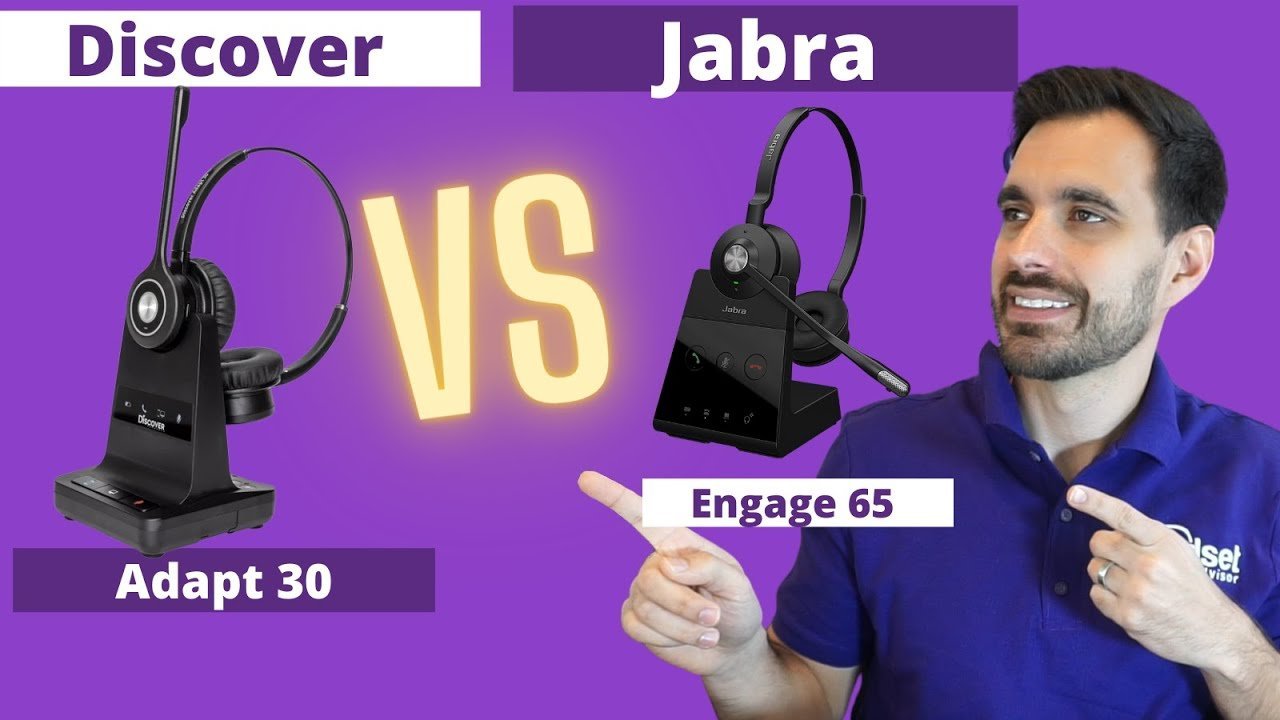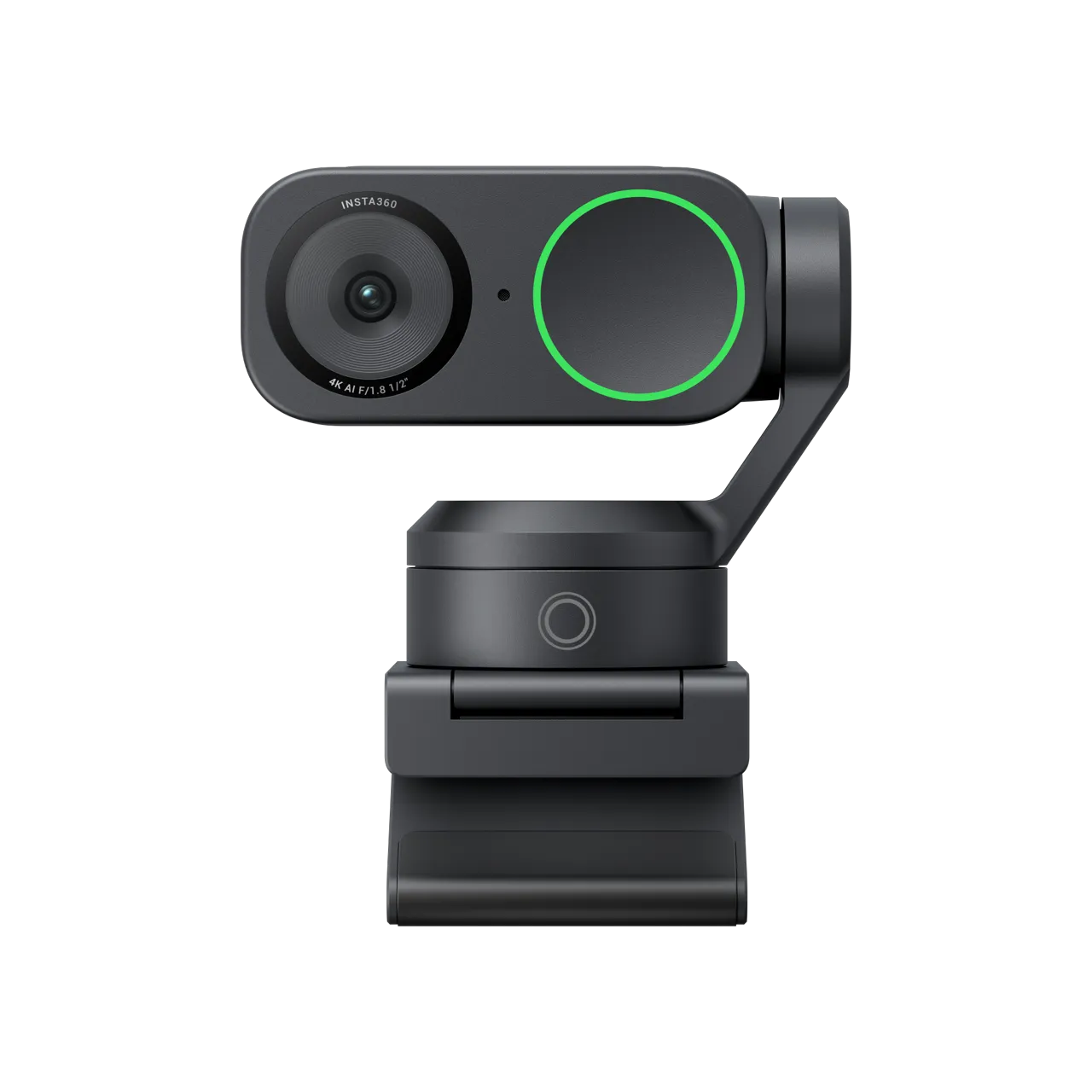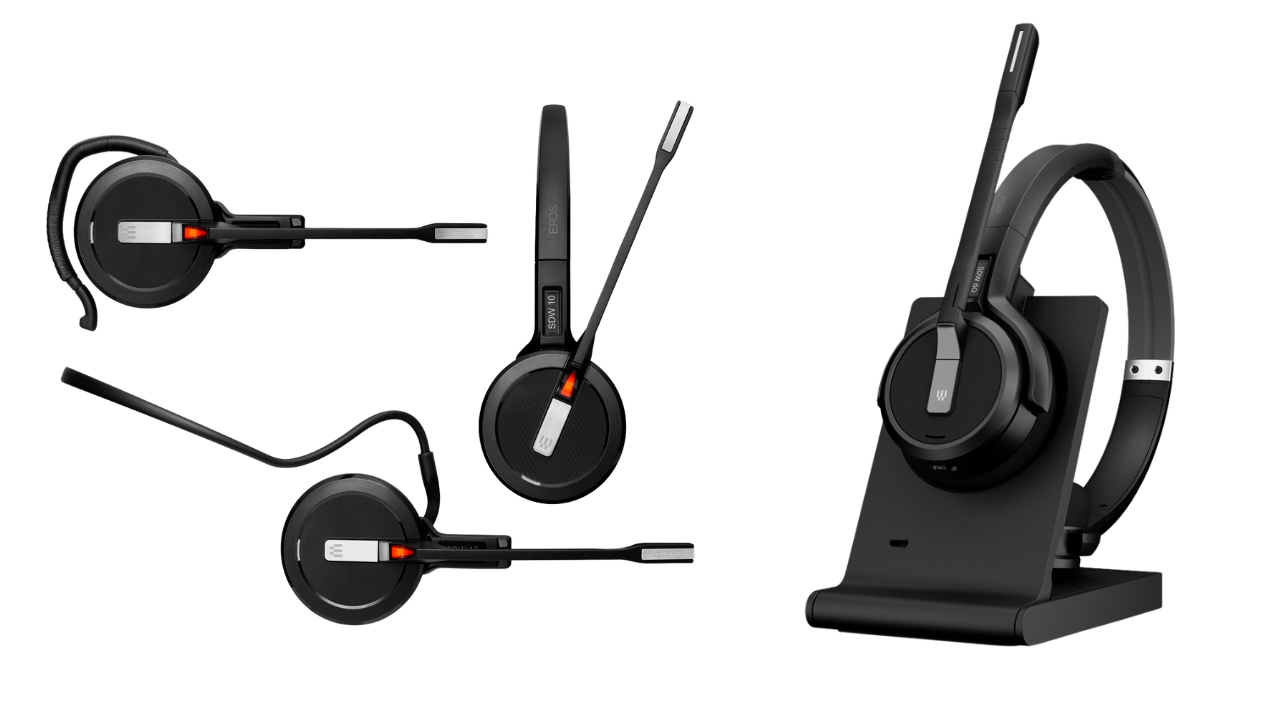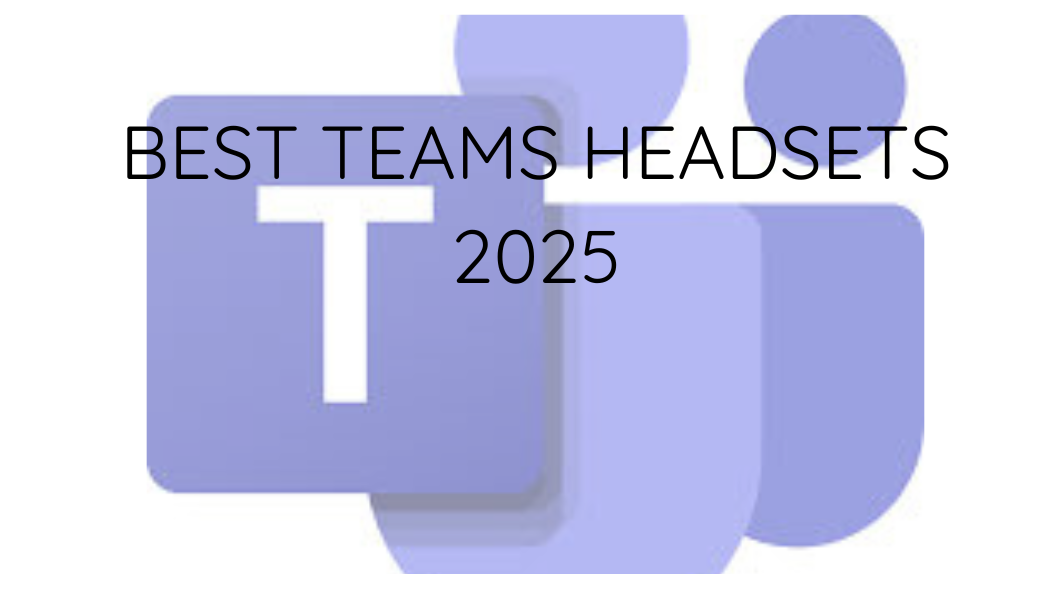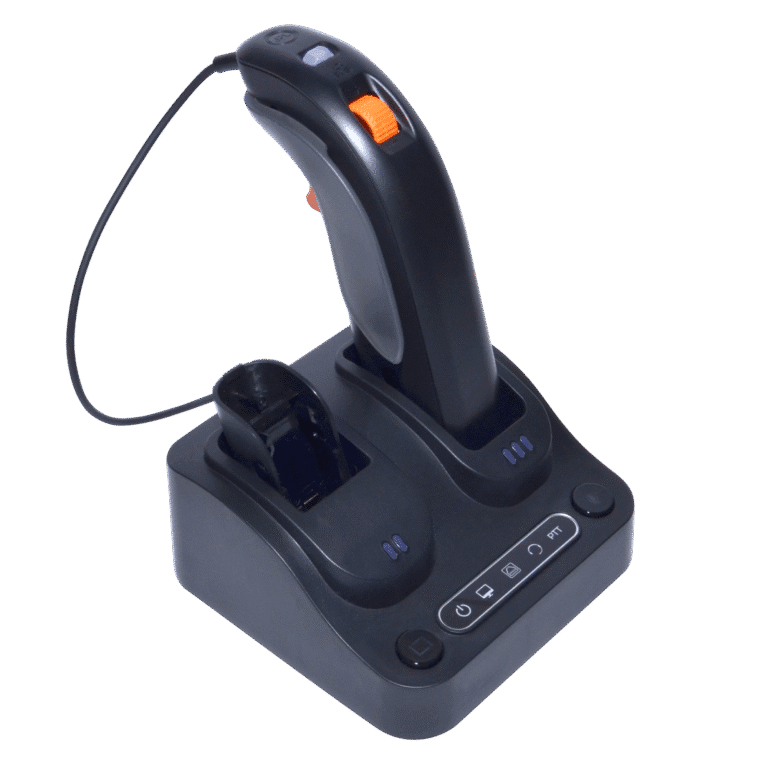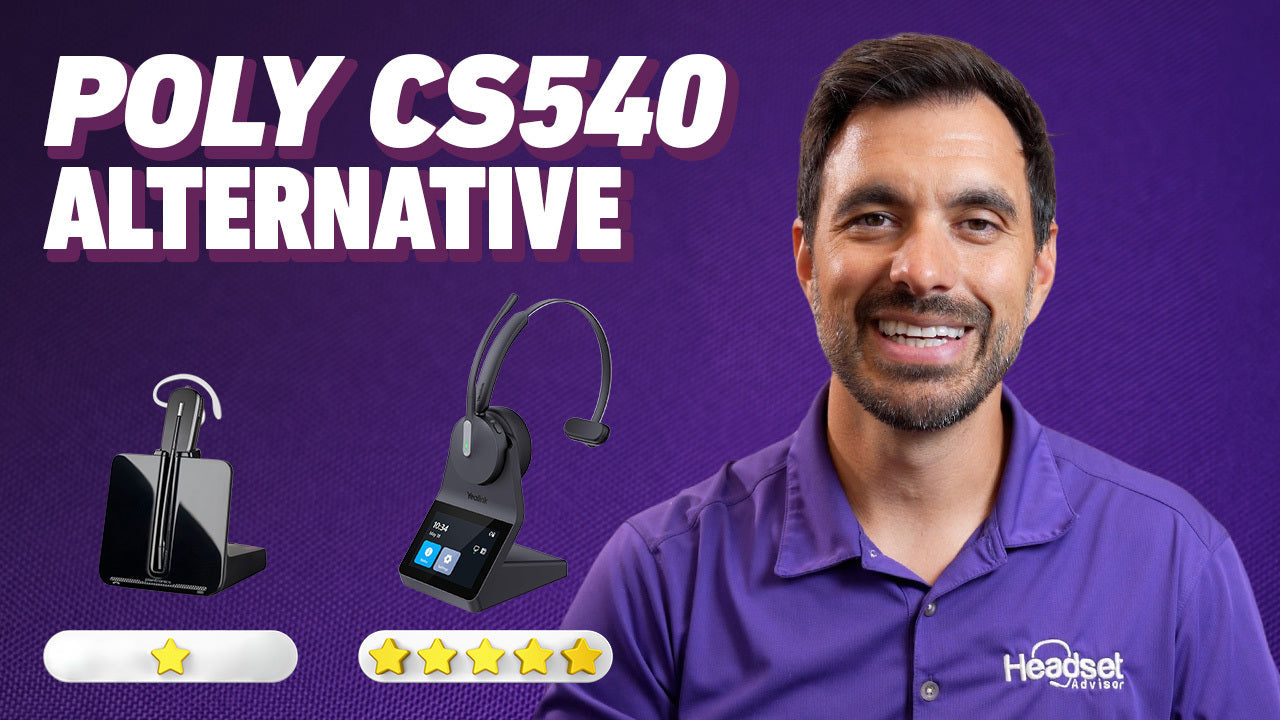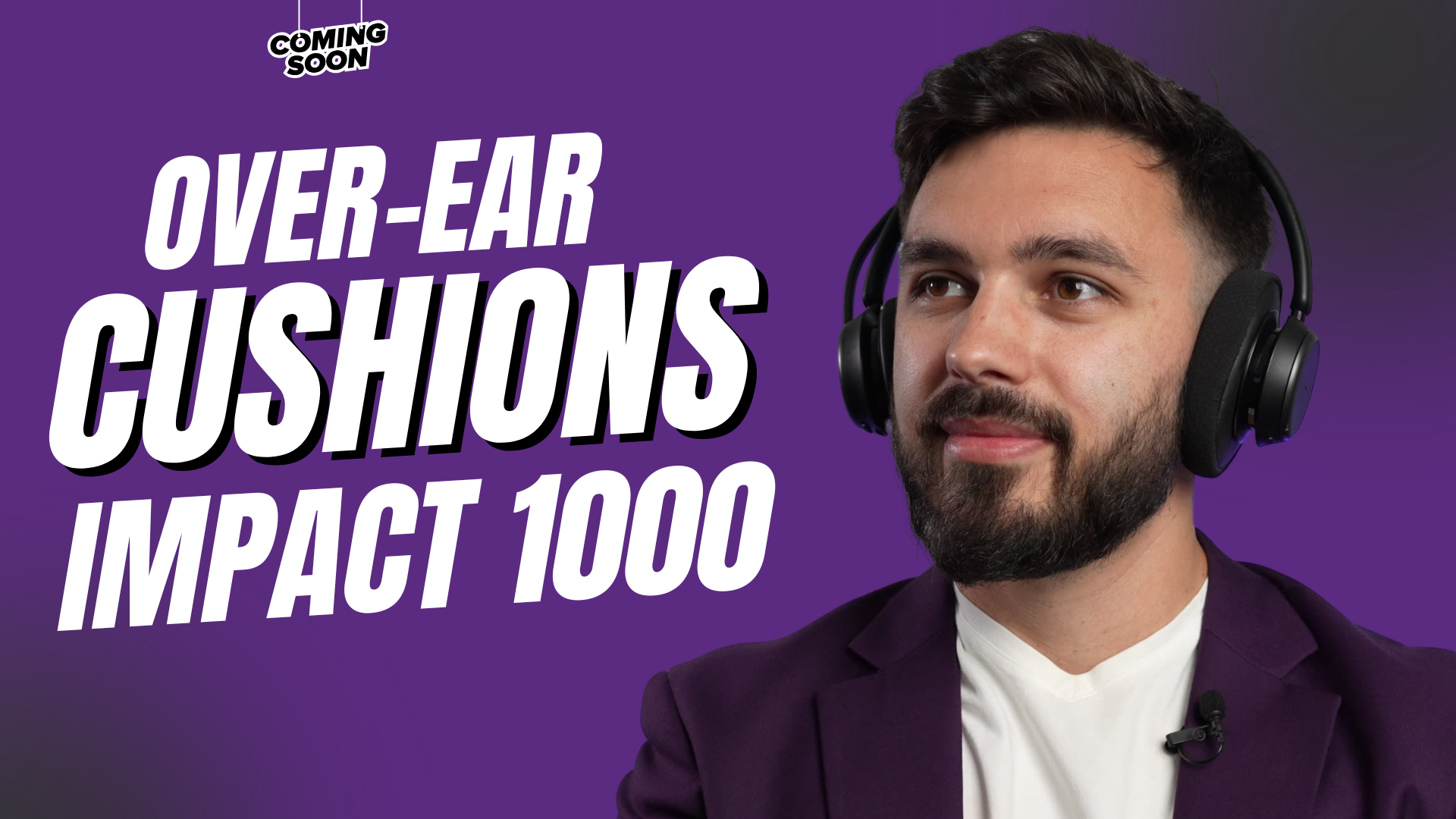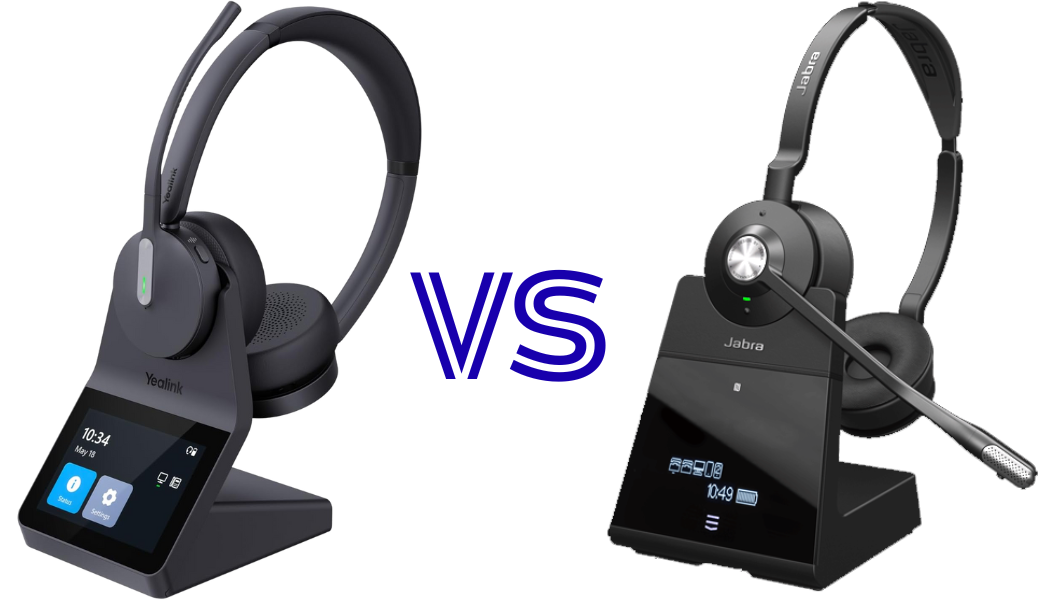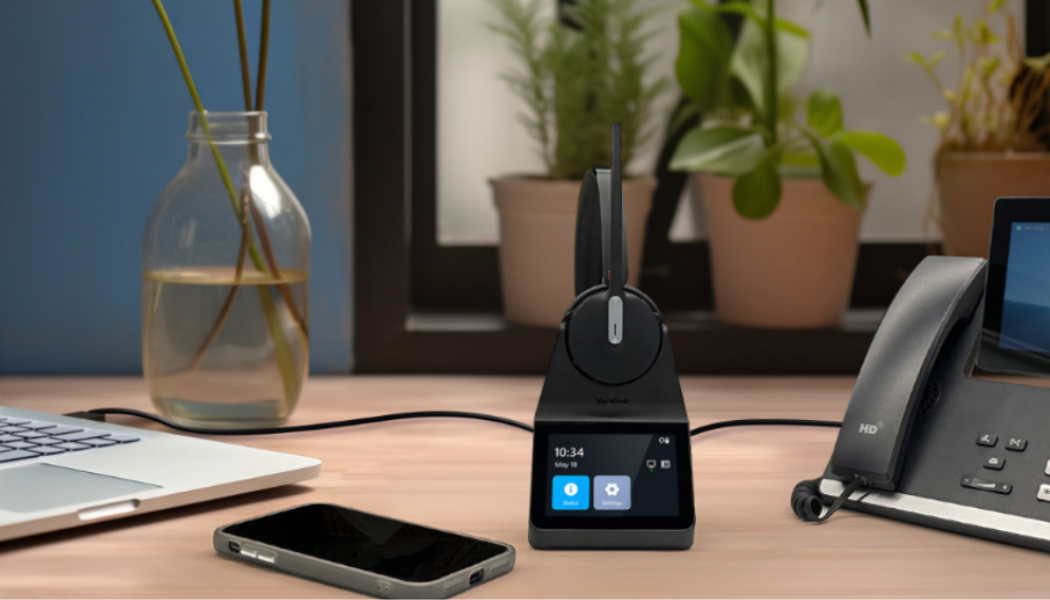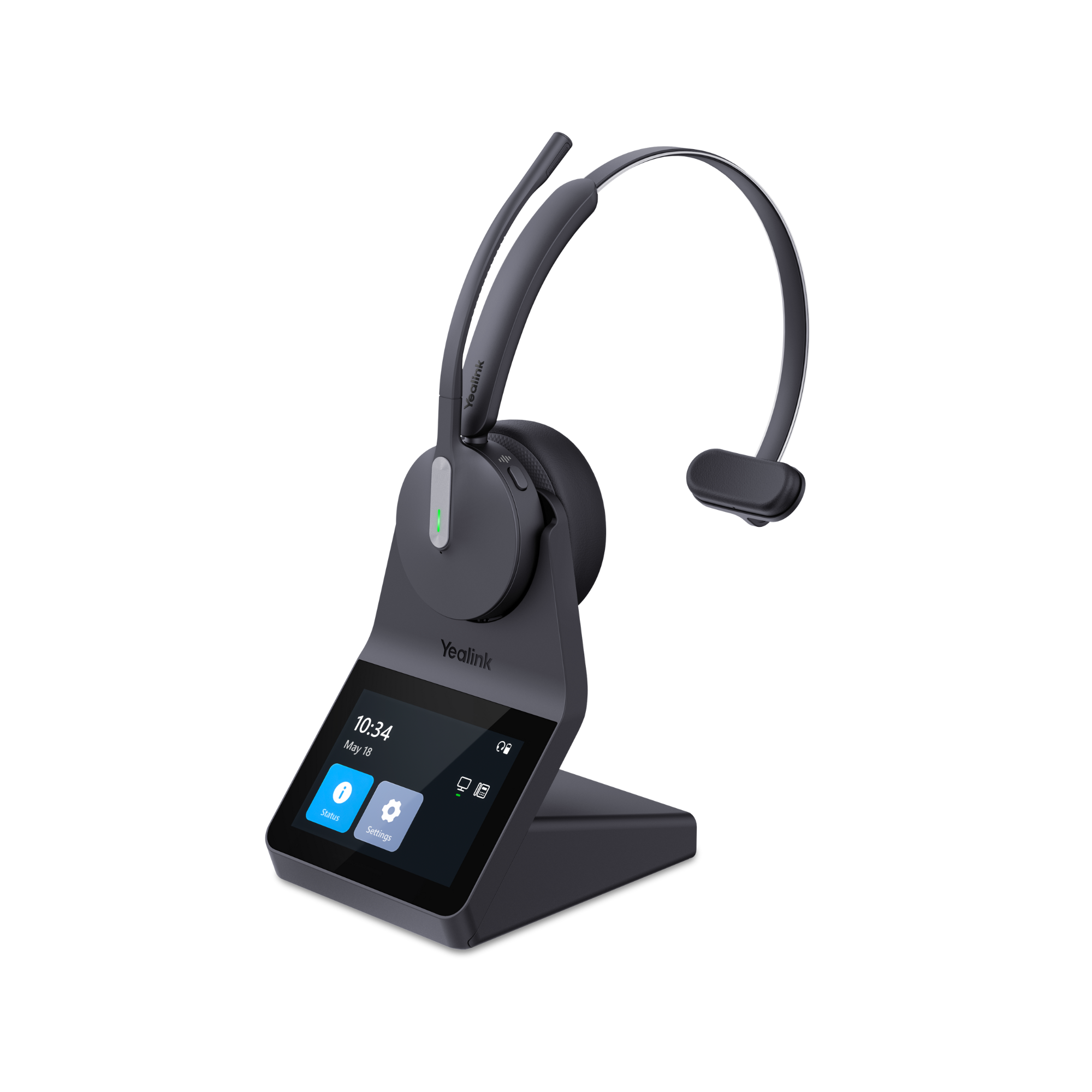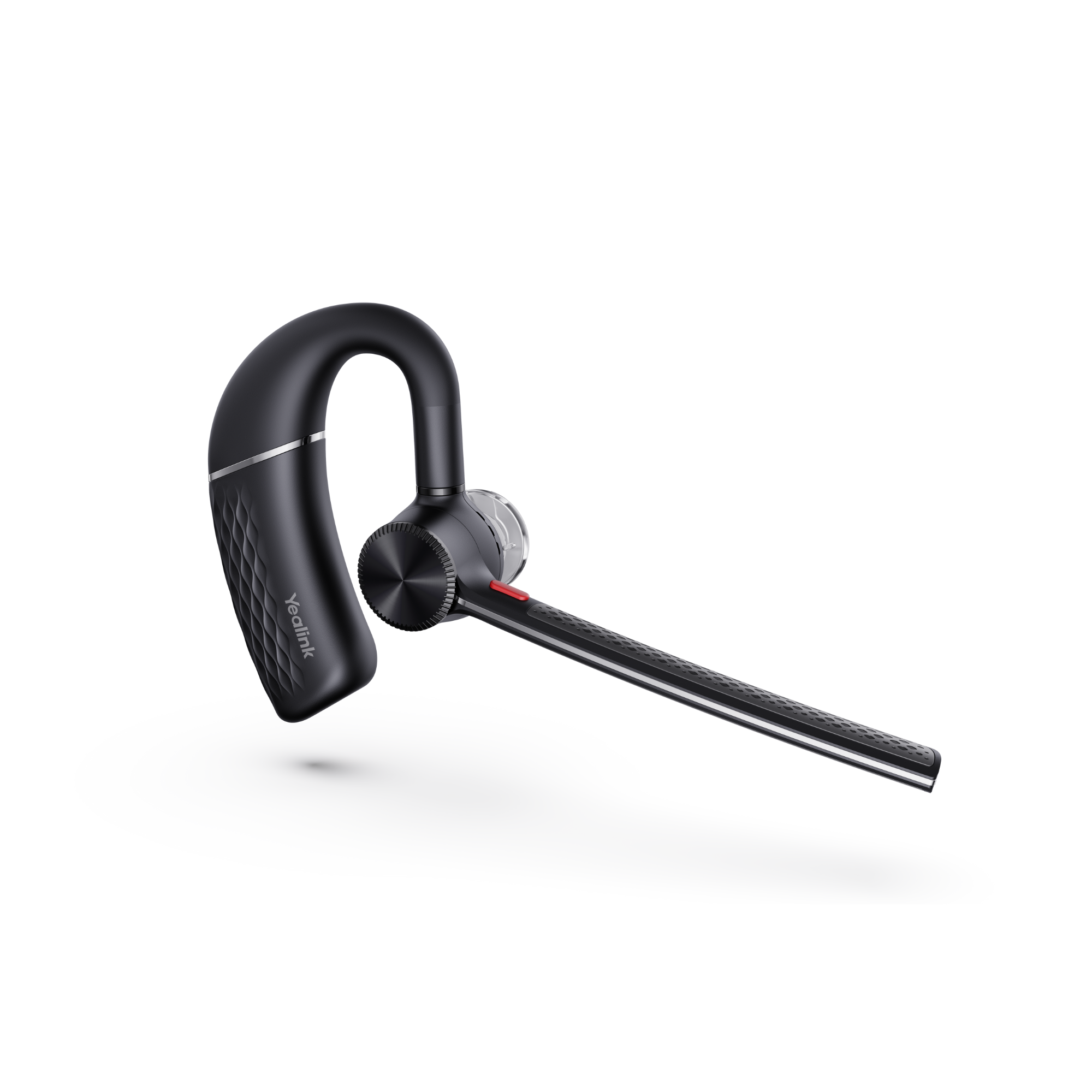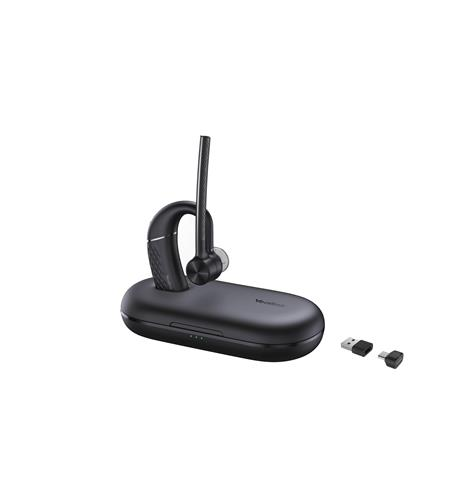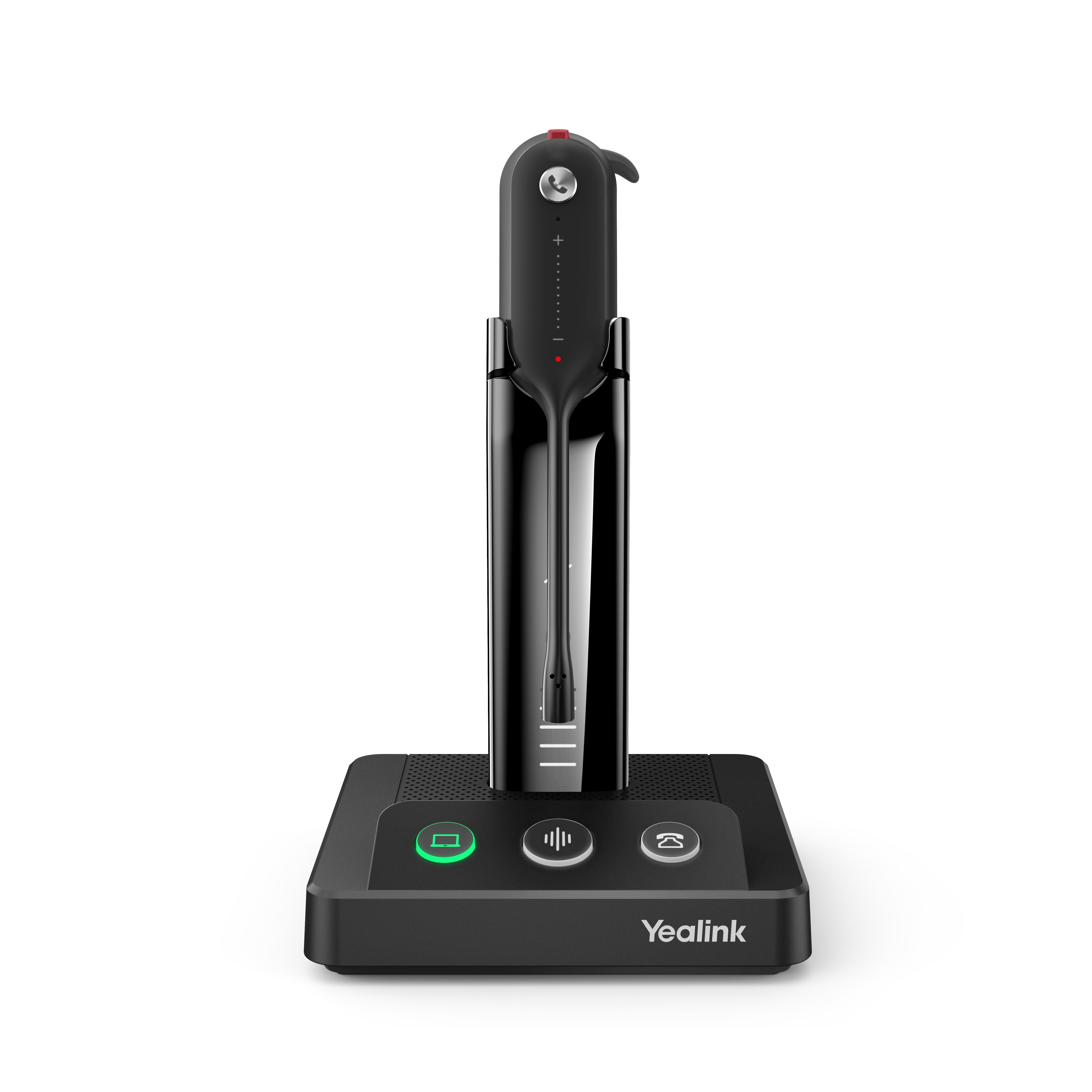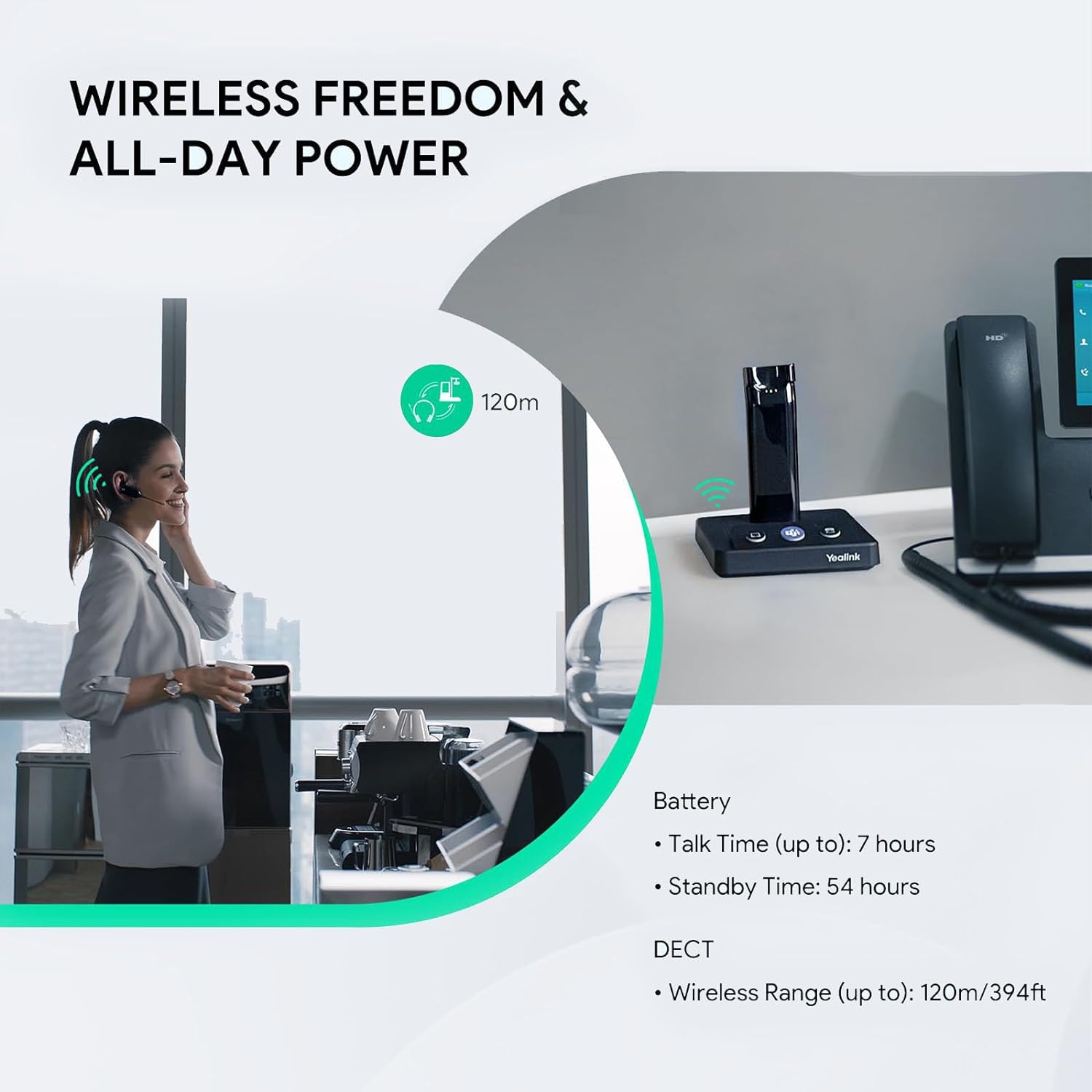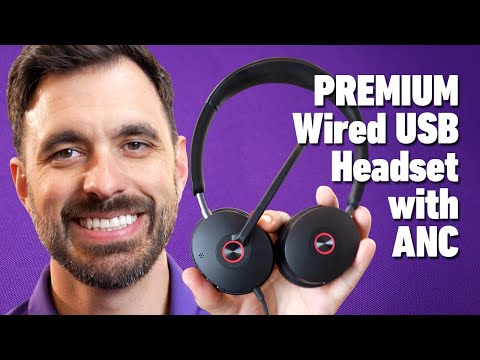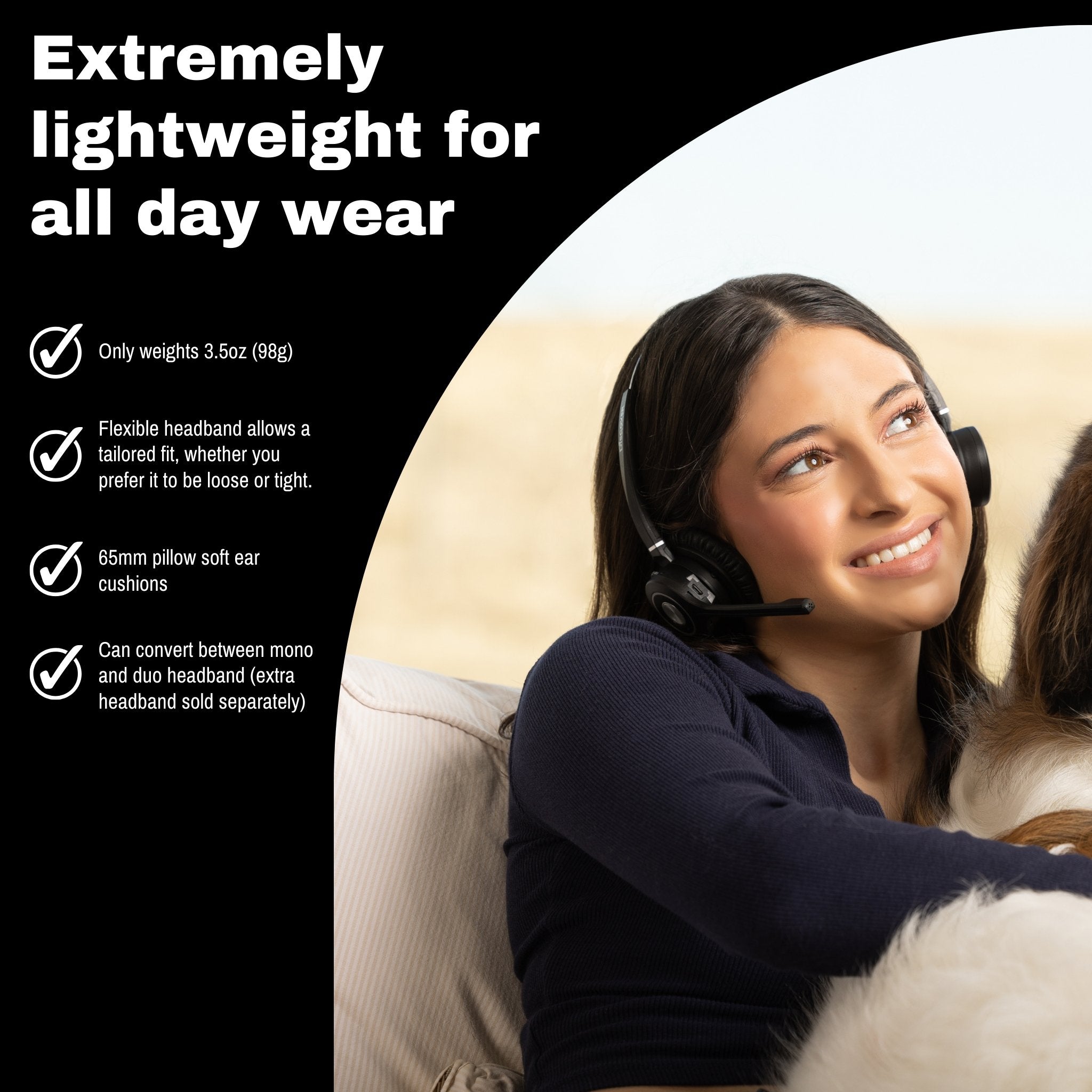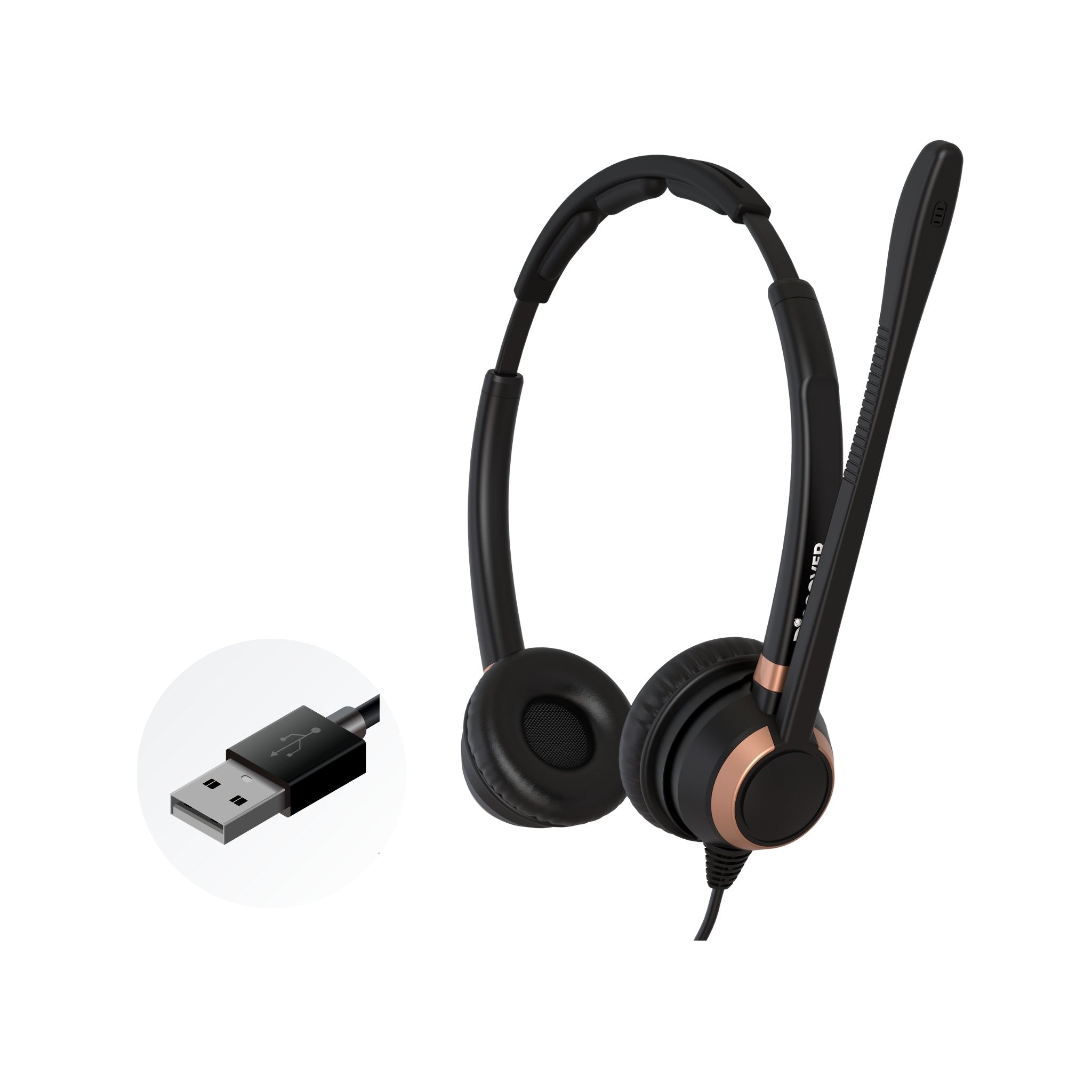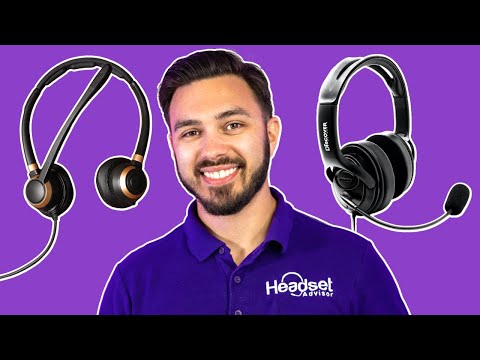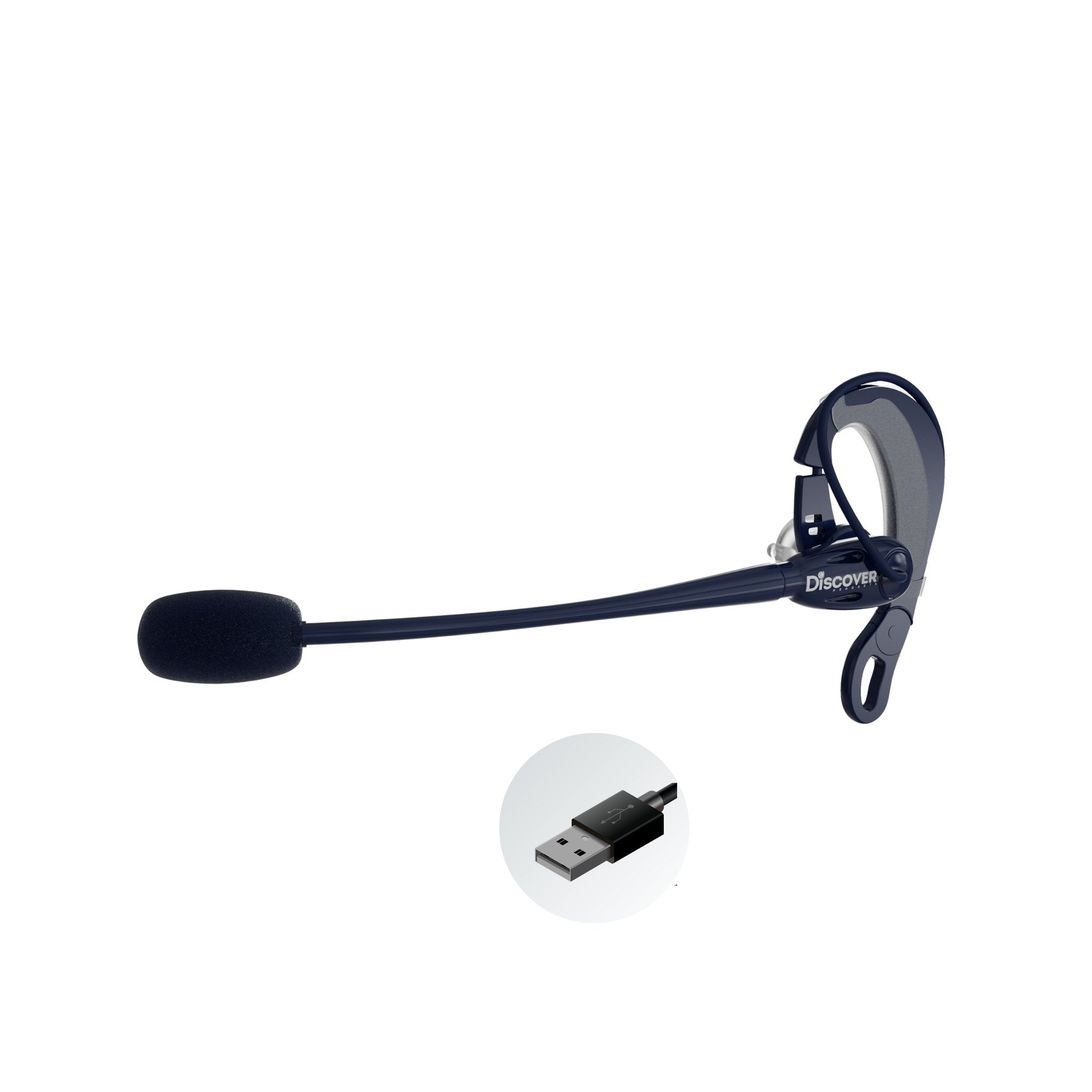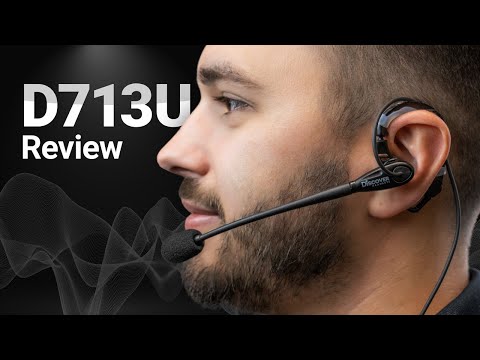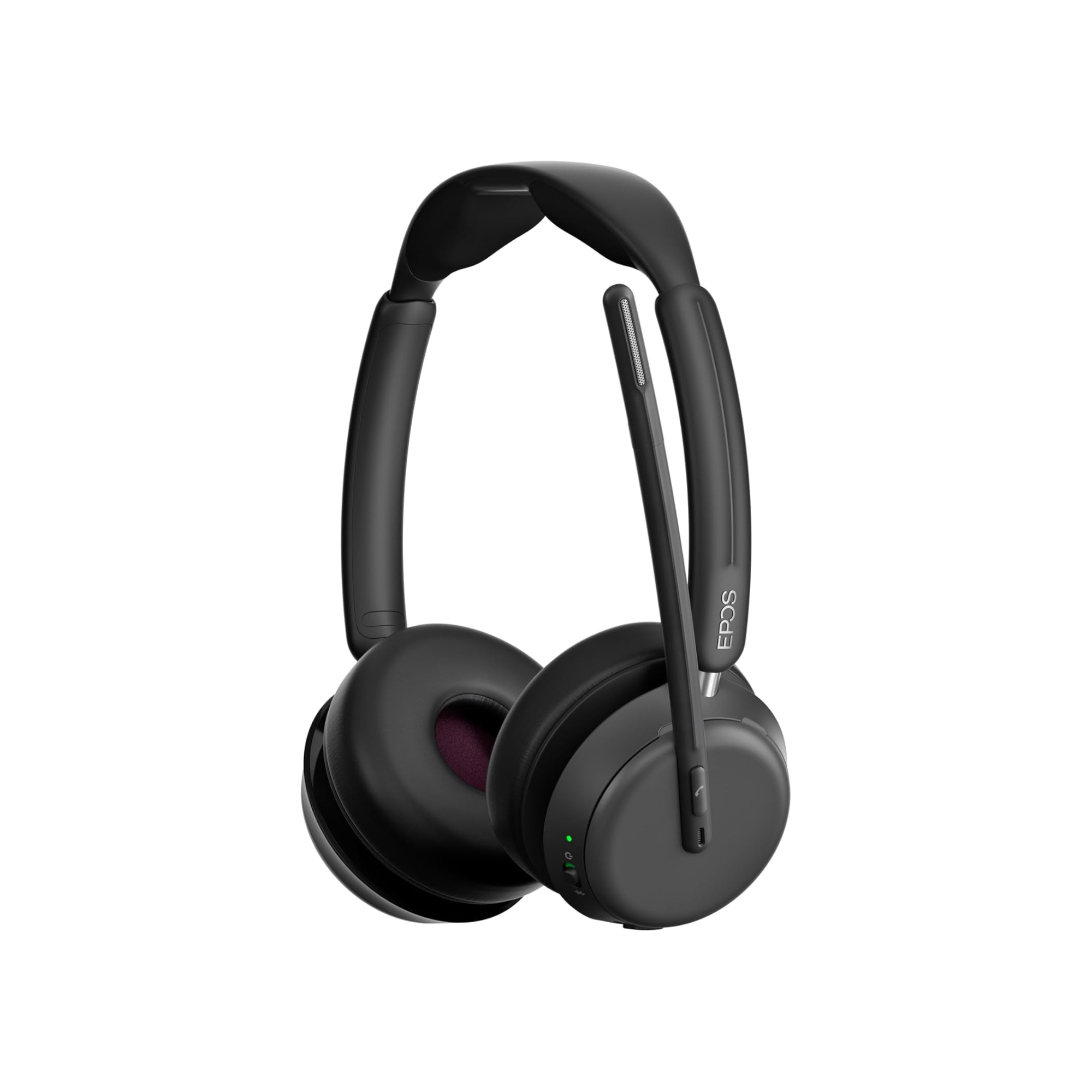This is another Showdown in our series, where we test and compare headsets side by side to see which one comes out on top.
Jabra will be a name you're more familiar with in comparison to Discover Headsets. But you won't want to overlook this headset because of that. Based on the info below and the video, you can be the judge as to which is the best overall value to you!
Today, two heavyweights are facing off. One is the Jabra Engage 65 duo wireless dect headset, and the other one is the Discover Adapt 30, mono/duo wireless dect headset.
I’ll go over the specifications between these two office wireless headsets so you can see how they compare. I’ll also do a microphone test to see how well these models pick up my voice.
Next, I’ll lay down some annoying background noise to test how well they do to eliminate it. And finally, I’ll give you a good idea how they both sound by putting both on max volume and then playing some music with the speakers resting upon a microphone.
In order to hear the microphone and speaker tests, you’ll need to tune in to the video that I made where I compare these two office wireless headsets. A lot of people prefer to watch video content over reading it. If you’re one of those people, then click on the video below to watch and listen to the sound tests.
If you’re still reading then I invite you to come along with me as I break down these two professional grade office wireless Dect headsets.
Let’s jump right in.
Up front, allow me to say that both of these wireless headsets are professional grade. When using a wireless headset for business purposes, you want a number of things; great sound quality, comfort, reliability, decent talk time and warranty, and a good company to backup your purchase. Both the Jabra Engage 65 and the Discover Adapt 30 will check all those boxes, and more. So let’s take a closer look.
Ear Speakers
The Jabra Engage 65 is a binaural, or dual speaker headset. It covers both ears.
The Discover Adapt 30 gives you a choice, with both choices included in the selling price. First, you get a dual speaker headband for those times when you want to listen to music, remove background noise, or just want to hear your callers better.
The Discover Adapt 30 also comes with a mono, or single ear headband. This means that you can snap off the dual ear speaker headband, and snap on a single. A lot of people like a single ear headband because it allows them to hear what’s going on around in their work environment.
The Discover Adapt 30 comes with both wearing styles for more wearing flexibility. The ability to switch between a single ear, and double ear wearing style is unique, and a feature you won’t find anywhere else.
Headband
The Jabra Engage 65 headband is adjustable so that it can fit a variety of head sizes and shapes.
The Discover Adapt 30 headband is adjustable as well so that it can fit a variety of head sizes and shapes. The headband on the Adapt 30 is also padded, unlike the Engage 65. This means that the band, when worn, should provide more comfort especially when the headset will be worn for extended periods of time.
Adjustable ear speakers
The Jabra Engage 65 ear speakers rotate so that the headset and speakers can lay flat on a desktop.
The Discover Adapt 30 ear speakers rotate so that the headset and speakers can lay flat on a desktop
As odd as this might sound, a lot of headset ear speakers have limited ability to rotate. Having more rotation is good not only for parking or stowing your headset, but it also helps to conform better to the shape of the person wearing it rather than the person needing to adapt to the limitations of the headset.
In use light
The Jabra Engage 65 has an in use light on the earpiece, and one on the tip of the microphone boom.
The Discover Adapt 30 has an in use light that’s located on the headset earpiece.
Microphone
The Jabra Engage 65 has a noise cancelling microphone that helps to remove unwanted background noise. The mute button to turn off the microphone is located on the microphone boom arm.
The Discover Adapt 30 has a noise cancelling microphone to help remove unwanted background noise. The mute button to turn off the mic is located on the earpiece.
The value in having a noise cancelling microphone is so that your callers don’t hear unwanted sound from your work environment. As an example, if you’re working from home and whenever the doorbell rings, your friendly canine begins a barking tirade.
This is something you don’t want your business customers to hear, so that’s where the noise cancelling microphone comes in. It allows your voice to be heard clearly, but not that undesirable background noise. Ingenious really.
Wireless Technology
The Jabra Engage 65 uses Dect 6.0
The Discover Adapt 30 uses Dect 6.0
Dect is the leading wireless technology standard that’s been incorporated in a lot of communication products, with wireless headsets being one. Previous wireless technology included signaling like 2.4 GHz or Digital 900 Mhz. Many of these worked fine, but had their own issues.
For example, Digital 900 MHz had issues with interference. The signal that your wireless headset relies on in order to operate properly, could be severed by the intrusion of another signal. This created a wide scale problem that resulted in the loss of connectivity between the headset top and the base it communicates with.
When this happened, a reset process was required in order to reestablish the communication link. Ultimately, manufacturers went away from the use of Digital 900 MHz in favor of the newer, more stable Dect wireless technology.
Battery
The Jabra Engage 65 battery talk time is rated up to 13 hours, or 8 hours if the Engage 65 is used in the wideband mode. A 30 minute charge will give you 40% battery life.
The Discover Adapt 30 battery is rated up to 8 hours of talk time.
Both batteries are rechargeable
Weight of the headset
The Jabra Engage 65 weighs 2.9 ounces
The Discover Adapt 30 weighs 2 ounces (mono) and 3 ounces (duo)
Wireless Range
The Jabra Engage 65 will provide up to 300 feet of wireless range
The Discover Adapt 30 will provide up to 300 feet of wireless range.
A footnote to wireless range:
The numbers you see in wireless headset spec sheets regarding wireless headset range is based on open field testing. That is, tests where there are no obstructions between the host, or base and the wireless headset top.
For testing purposes, it makes sense to do it this way. You get the opportunity to see how the headset performs in ideal or perfect conditions. That said, it doesn’t really reflect what someone might expect in terms of range when working in a typical office.
Offices have obstructions like walls, elevators, partitions and other things to get in the way of your wireless signal that ultimately degrades it and shrinks your usable wireless talk range. If you use a general rule of thumb of 50% of stated range as your more likely usable range, you’ll probably be closer to what you’ll ultimately get.
Connectivity
The Jabra Engage 65 connects to a desk phone and a computer
The Discover Adapt 30 connects to a desk phone and a computer
No real connection differences between these two models. It’s nice having dual connectivity ability because you can use the wireless headset with a desk phone or with a computer for applications like Microsoft Teams, Zoom video conferencing, RingCentral Softphones and more.
You’d otherwise need to have two headsets; one for your desk phone and one for your computer which can be inconvenient.
Headset buttons
The Jabra Engage 65 has:
- Volume increase
- Volume decrease
- Microphone mute
- Answer call / end call
- Micro USB port for charging
The Discover Adapt 30 has:
- Volume increase
- Volume decrease
- Microphone mute
- Answer call / end call
- Micro USB port for charging
Warranty
The Jabra Engage 65 comes with a 1-year warranty
The Discover Adapt 30 comes with a 3-year warranty
I feel pretty safe in saying that most people would find more value in a longer warranty over a shorter one. In that sense, the Discover Adapt 30 comes out on top in the warranty department. Unlike other headset providers, the warranty includes advance replacements when a replacement is needed.
This elite service shortens the time needed to receive a replacement headset helping to keep the time without a headset to a minimum. Other headset providers require that the defective unit is received before a replacement would be sent out.
Manufacturer suggested price
The Jabra Engage 65 suggested price is $394.00
The Discover Adapt 30 suggested price is $279.99
When shopping for a new wireless office headset, price is normally one of the criteria used in making a buying decision. If you’re looking at these two wireless headsets, you’ll see a wide price difference between them.
Both models offer a number of great features, so it comes down to whether the Discover Adapt 30 and its features are what you’re looking for, or, if the Engage 65 is a better choice for you at the available price.
Final Thoughts
Both of these professional quality office wireless headsets will perform reliably and allow you to have comfort and excellent sound quality for your business calls.
Due to the notable price difference between them, you’ll need to decide if the Jabra Engage 65 represents the better value for your wants and needs, or, does the Discover Adapt 30’s wearing versatility and long warranty paint a more attractive picture?
Only you can decide after you’ve weighed the pros and cons of each, and factored in how they both sound.
The Jabra Engage 65 is an excellent wireless headset as is the Discover Adapt 30, and you simply can’t go wrong whichever you might choose. Hopefully this side-by-side comparison along with the video that includes the sound tests has been helpful.
If you have questions about office headsets, don’t hesitate to reach out to us here at Headset Advisor. We’ve specialized in office headsets since 1994, and a good place to get your questions answered.
You don’t have to be our customer either. The service is free, as is our lifetime product support. You have questions? We have answers!

